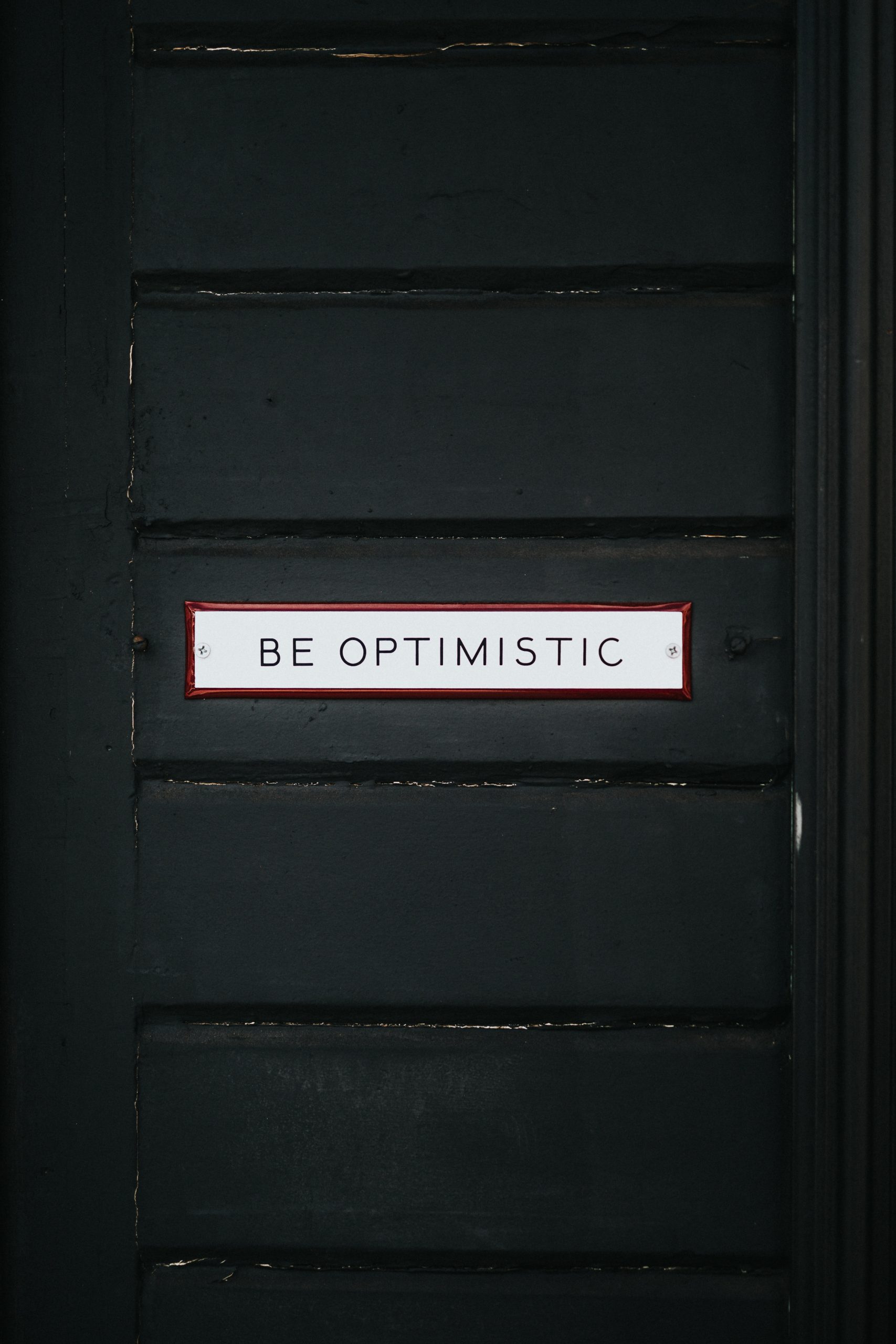What Is the Lunar Calendar Today?
The lunar calendar has been used for centuries as a way to track time based on the cycles of the moon. Unlike the Gregorian calendar, which is widely used as the standard civil calendar, the lunar calendar is primarily utilized in various religious and cultural contexts. In this blog post, we will explore the lunar calendar, its significance, and how it is calculated in modern times.
Understanding the Lunar Calendar
The lunar calendar, also known as the Islamic, Hijri, or Chinese calendar, is based on the cycles of the moon. It consists of 12 lunar months, each approximately 29.5 days long, resulting in a year of about 354 days. Since the lunar year is shorter than the solar year, the dates of the lunar calendar shift in relation to the Gregorian calendar. This means that the lunar calendar does not align perfectly with the seasons and requires special calculations and adjustments to stay in sync.
In many cultures and religions, the lunar calendar plays a vital role in determining important events, holidays, and religious observances. For example, Muslims around the world use the Hijri calendar to determine the dates for Ramadan, Eid al-Fitr, and other Islamic festivals. Similarly, the Chinese calendar is widely used in East Asia to celebrate the Lunar New Year and other traditional holidays.
The Calculation of the Lunar Calendar
Calculating the lunar calendar is a complex process that takes into account several astronomical and mathematical considerations. Traditionally, the lunar calendar relied on actual observations of the moon’s phases. However, with advancements in technology, particularly the use of astronomical calculations and algorithms, the lunar calendar can now be determined accurately well in advance.
One of the key factors in lunar calendar calculations is the Metonic cycle, named after the Greek astronomer Meton of Athens who first identified it in the 5th century BCE. The Metonic cycle is a 19-year cycle that closely approximates the time it takes for the moon’s phases to repeat on the same date. By dividing this 19-year cycle into smaller parts, lunar calendar systems are able to track the progression of the moon’s phases and determine the corresponding dates.
Moreover, lunar calendar calculations may also involve adjustments to maintain synchronization with the solar calendar. The addition of leap months, intercalary days, or other corrective measures is necessary to keep the lunar calendar aligned with the seasons. These adjustments are crucial for religious observations and cultural traditions that rely on the lunar calendar to coincide with specific times of the year.
Online Lunar Calendar Tools
In today’s digital era, there are numerous online resources and tools available that provide accurate lunar calendar data for different regions and religions. These tools are designed to facilitate the ease of converting dates between the lunar and Gregorian calendars, helping individuals and communities plan their events, festivals, and religious activities accordingly.
Some popular online lunar calendar tools include:
These tools usually provide comprehensive information about moon phases, lunar months, and important religious dates, taking into account the specific conventions and calculations followed by different communities.
Influence of the Lunar Calendar Today
Even in modern society, the lunar calendar continues to hold great importance, especially for religious and cultural traditions. Beyond its spiritual and festive significance, the lunar calendar also plays a role in various fields such as agriculture, fishing, and navigation.
Agricultural practices, particularly in regions with a strong agricultural base, often rely on the lunar calendar to determine the best times for planting, harvesting, and pest control. The gravitational force exerted by the moon is believed to influence the tides, moisture levels, and other natural phenomena, making the lunar calendar a valuable guide for farmers.
In conclusion, the lunar calendar is a valuable cultural, religious, and practical tool that continues to be relevant in many communities. As we become more interconnected globally, it is essential to respect and acknowledge different calendar systems and their significance. Whether it’s celebrating religious festivals or making practical life decisions, an understanding of the lunar calendar helps us foster appreciation and inclusivity.
Table of Contents
